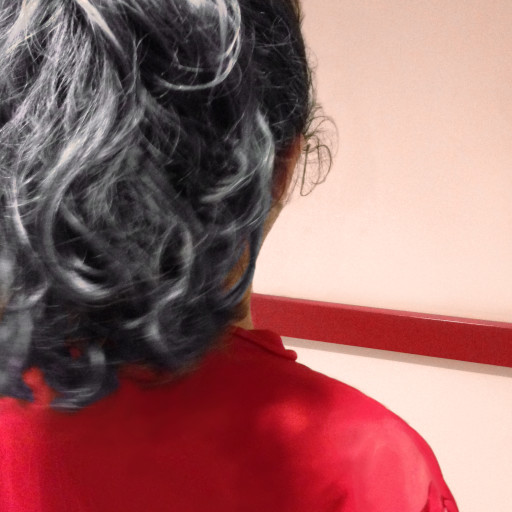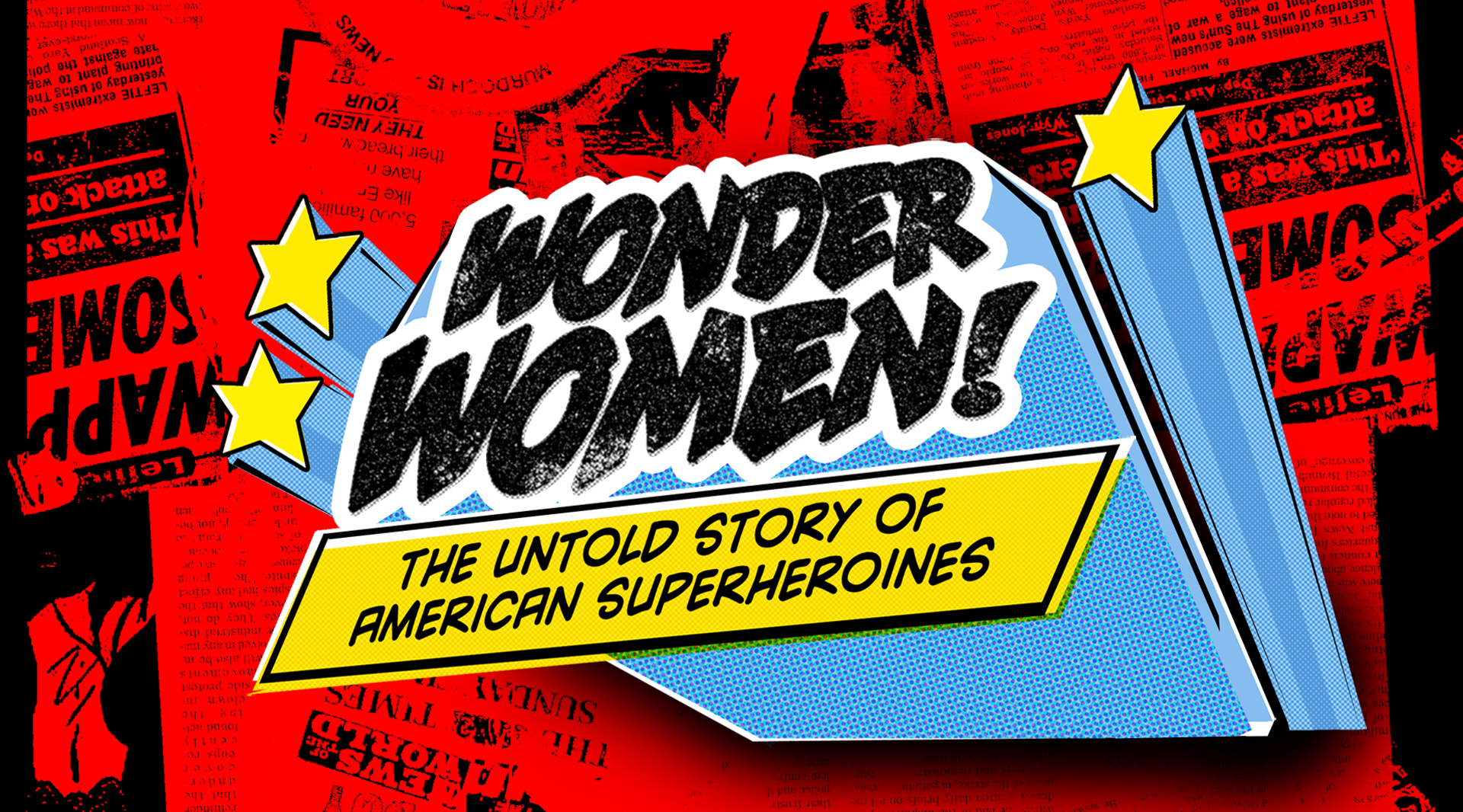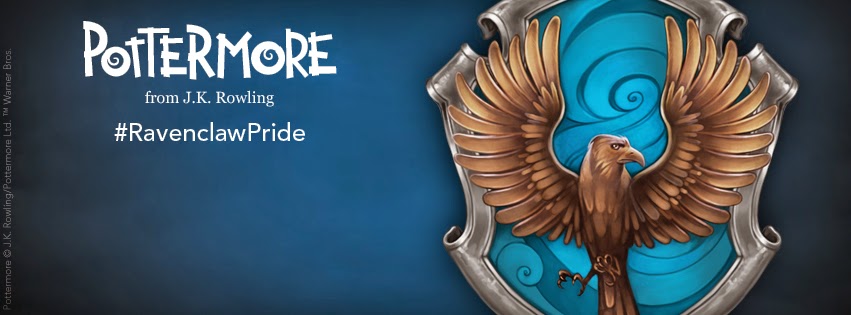December is a celebratory time of year, and for some, there’s even more reason to celebrate than others.
This past weekend, I had the opportunity to speak at the one-year anniversary of Women Unbound, a Toledo reading series that features women writers from or currently living in Northwest Ohio and Southeast Michigan. As a particularly patriotic Toledoan (is hometown pride considered patriotism?), I was truly honored to have been asked to return to this reading series after speaking at its very first event last year.
Where last year, I talked on the theme of superheroines — I talked a lot about Wonder Woman and Keladry of Mindelan — this year’s theme was Transformation.
So naturally I talked about Sailor Moon.
I’m excited to share with the GiC readers the first segment of my talk, which was the geekiest part of it. Spoiler alert: I started crying towards the end of this segment. Watch your feels. And I hope you enjoy!
—
Hello and good afternoon! It’s wonderful to be back home in Toledo today after all this time. I’m glad all of you could make it out today to join Women Unbound for the 1-Year Anniversary celebration. This is my second time at Women Unbound, and it’s just as wonderful this time around to see everyone supporting Lorraine and Kayla’s mission to support women writers in the Toledo area.
As Lorraine and Kayla mentioned, I’m Feliza, a Toledo native of 21 years currently living way out east in the suburbs of Philadelphia. I’m most known for founding and editing Girls in Capes, a web magazine that focuses on women and minorities in pop culture. As you can imagine, the mission of Women Unbound is one that’s close to my heart: to promote the work of women creators.
But I’m getting a little bit ahead of myself. I’m going to take a few steps back from the woman I am today so I can tell you a bit about the girl I once was and what happened to bring me to the place I’m at now.
My topic today is Transformation, and all of the most important transformations I’ve gone through in life started a long time ago – thirteen years ago, in fact, if I really start to think about it, though it’s been almost thirteen years in full-blown transformation mode since then. So as you settle in, before we really get into things, I’d like to tell you a little bit about a television series that really transformed me when I was in middle school.
I was in fifth grade when I really got into the anime series Sailor Moon, which was based on the comic of the same name. How many of you have seen Sailor Moon?
[blocktext align=”right”]I was in fifth grade when I really got into the anime series Sailor Moon, which was based on the comic of the same name.[/blocktext]The series follows 14-year-old Usagi, or Serena in the American dub of the show, who meets a talking cat named Luna who gives her the ability to magically transform into a hero who fights the evil creatures who won’t hesitate to hurt ordinary people in their search for a powerful weapon. Throughout the series, she’s joined by four teammates who help her defend the general population of Tokyo from the creatures, each of whom is named for a planet – Mercury, Mars, Jupiter, and Venus – as well as a romantic interest, Tuxedo Mask.
The show is pretty infamous for its literal transformation scenes, which usually happen at least three times in an episode to fit all five of the girls on the team in, and also involve a lot of sparkling and ribbons. The show is also pretty well-known for the evolution of transformation: where she starts off with the most simple magical costume, as her power grows, her costume changes over time, as does the item she uses to actually transform from Usagi into Sailor Moon.
It’s girlish and fluffy. There are bright colors on the girls’ uniforms and entertaining names for their magical attacks. When they’re not transformed, Usagi and her friends are often shown in their school uniforms, or in some other fashionable sorts of clothes, and in that way, Usagi isn’t much like other heroes we see in entertainment.
Usagi is one of the most ordinary heroes I’ve ever seen, especially when I was in grade school. When she encounters a monster for the first time, she doesn’t know exactly what to do to defeat it. Actually, she freaks out and starts to cry. She isn’t even the strongest of the Sailor Scouts, the group of heroes in the show. She isn’t the smartest – that’s Sailor Mercury. She isn’t the strongest – Sailor Jupiter is the strongest physically, and Sailor Venus is the strongest fighter.
It’s only after several battles, interactions with other heroes, and learning from her mentor Luna that Usagi truly becomes a champion of justice, a young woman transformed not only in the most literal sense but also internally, and becomes able to deal with the horror and tragedy of the events that surround her.
It can be difficult, sometimes, to pinpoint exactly what about a character is appealing, to figure out – at least at the time – why one character, one series, one show appeals in such an intense and necessary way.
And Sailor Moon, as a series, did affect me in a very remarkable way. I used to play pretend at it at recess and with my younger sister. I drew a lot of really embarrassingly awful Sailor Moon pictures. I even used to wake up super early on school days to sneak into the living room and watch episodes of the show at 6 in the morning.
(My parents sitting in the audience back there may or may not be surprised to hear about that, actually.)
In some ways, it seems obvious what was important to me at the time. Fighting bad guys? Check. Saving the world? Check. Cool-looking, brightly-colored costumes? Double check.
[blocktext align=”left”]It can be difficult, sometimes, to pinpoint exactly what about a character is appealing.[/blocktext]In the simple and shallow ways, it’s obvious what I liked about the show. We’re talking about the girl who read a Wonder Woman comic five years later and liked it because she beats up Batman in it. And don’t get me wrong: Sailor Moon is full of fun. The magic is pretty cool to look at on-screen and in the comics. The series is funny, and in the original anime, Usagi’s facial expressions (and her trademark silly hairstyle) are absolutely priceless. And I’ll never slam something that shows that girls who like “girl things” like skirts and makeup can be strong and powerful, too.
But sometimes, a young woman can look back at what she latched onto as a girl and put together a few pieces to realize and understand exactly what was so important.
To provide a little context, I would have started fifth grade in the fall of 2001. And I know I’m not the only person who needed a hero at that time.
In retrospect, then, and with thirteen years of distance, it’s easy to see what was so very appealing to the 10-year-old me about a teenage girl who was surrounded by evil and darkness. As a 23-year-old, I know now what I didn’t know then: that in a time when everyone around me felt powerless, I needed to see someone who began without strength and transformed over time to gain it.
—
Feliza Casano is a Toledoan born and bred, though she’s absconded to the East Coast for her education. She founded Girls in Capes in January 2013 with the help of some really fantastic staff writers. Now she writes for all sections of the site, and she’s the one behind GiC’s Facebook and Twitter. Follow her on Twitter @FelizaCasano.
For more magical girls, check out Feliza’s more in-depth discussion of Magical Girl Anime to watch now on Hulu or Crunchyroll.
You can also find more in our anime tag, like Lorraine’s article on the Female Wizards of Fairy Tail or Janelle’s review of the anime film Wolf Children.






Related to the Magical Girl genre: How do you feel about Kill La Kill (if you’re familiar)?
I like Kill la Kill, though personally I think it relates better to the Mecha genre than the Magical Girl genre.
…then again, I think ecchi anime is hilarious. It’s my number one problematic favorite.
Although personally I like Satsuki the best on the entire show, and I think she’s a fascinating character. Cool Distant Senpai all the way forever.